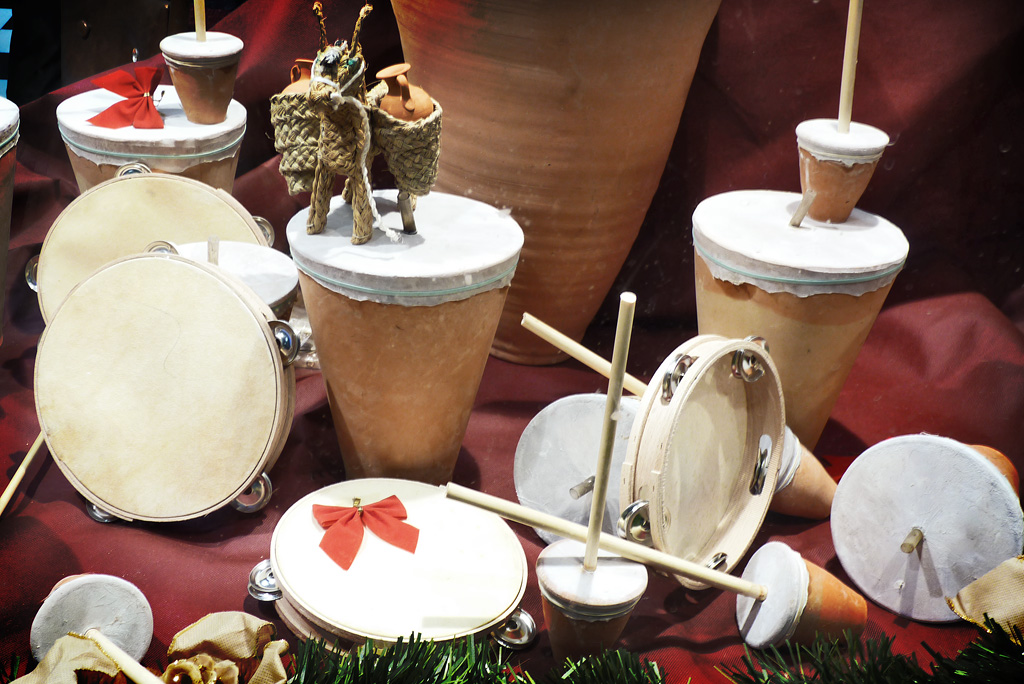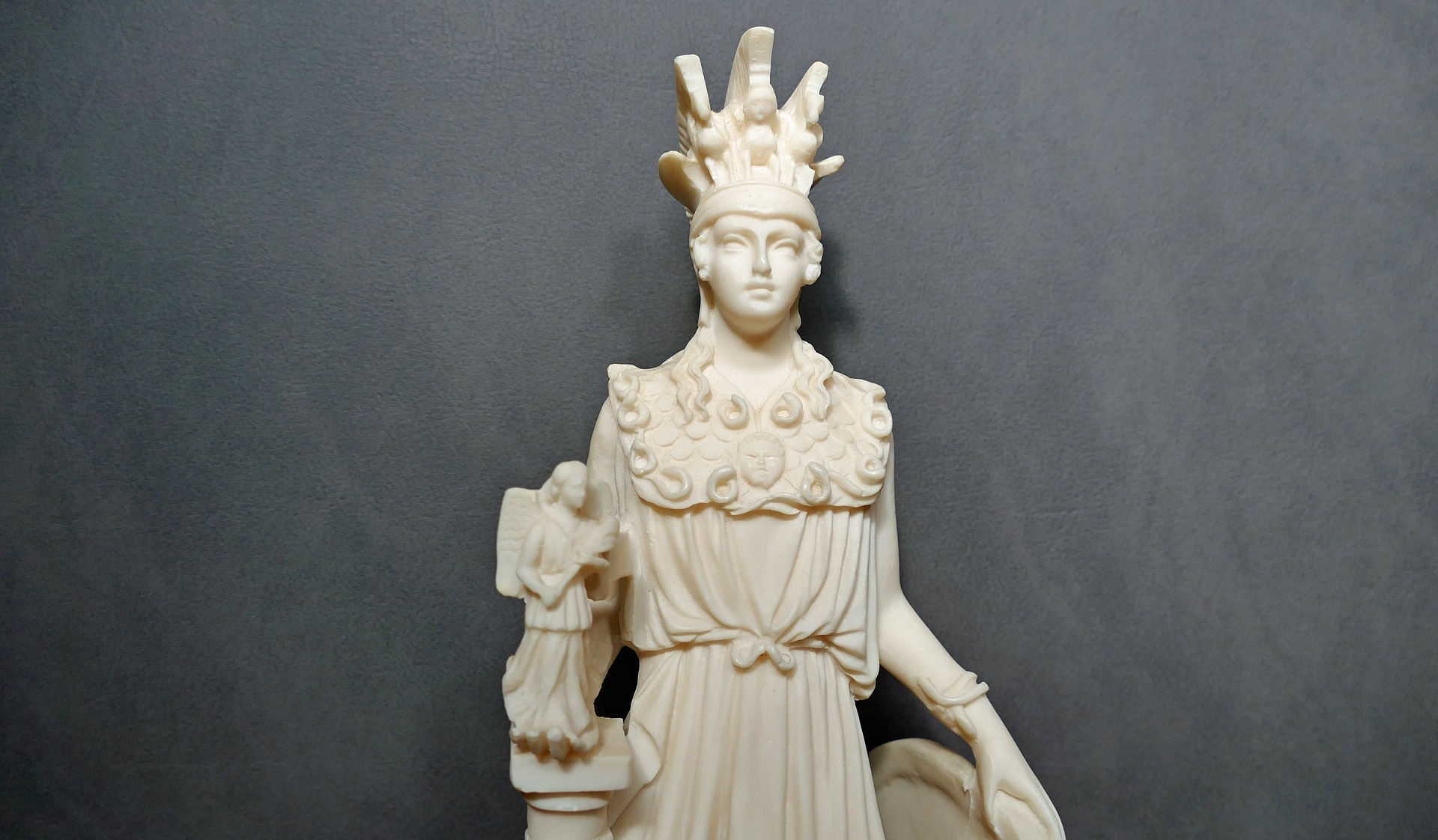Zambomba in Spain
Country of the crafting :Spain
Region of the crafting :Andalucía
Type of the crafting :Musical instruments
1. Geographic Area
This musical instrument is typical of the Area of Andalucia, Spain.Andalusia is a Spanish autonomous community recognized as a historical nationality for its Statute of Autonomy,3 composed of the provinces of Almería, Cádiz, Córdoba, Granada, Huelva, Jaén, Malaga and Seville. Its capital is Seville, headquarters of the Junta de Andalucía. the headquarters of the High Court of Justice of Andalusia is located in Granada.
2.Craft characteristics
- It can be composed of a single or multiple shaft, fixed or mobile.
- It consists of three different parts: the body or receptacle which in turn can be manufactured by different materials, sizes and shapes; the patch or the skin membrane, and the shaft or rod made of cane vera.
- The sound of the zambomba is produced when the membrane vibrates when the shaft is rubbed.
- Its name is an onomatopoeic word that comes from Congolese Zimbabwe, which seems to allude to some types of funeral songs.
- In some types of zambomba the stick that it has is not crossing the membrane, but it produces a depression in it, and is tied in that position from the inside of the membrane so that it is in a vertical position.
- The use of these drums is associated with different African rites as a method of preparation for sexual life, and these fertility rites are also preserved in the traditions of Europe.
- Traditionally it is an instrument that consists of a more or less cylindrical container, made of clay, ceramic, wood or tin, with one of its ends open and the other patched and that is crossed by its center by a wooden rod, cane, reed, reed, etc., which must be rubbed with damp fingers to produce the sound.
3. The technique
The manufacturing process involves different craftsmen, such as the potter, the skinner and the zambombero, who connects the functions between them: order the potter the clay pieces beforehand and buy the skinner already dry. Rods of the rod are collected directly in damp places. the bomber assembles all the parts and tunes the instrument.
4. Used materials
It consists of a more or less large hollow cylinder that can be of different materials (ceramics, wood, etc.) with one of its ends closed with a patch, which is crossed through the center with a rod, which can be made of wood or other materials. This rod is sometimes replaced by a rope. By rubbing the rod with both hands, the vibration produced by the wand is transmitted to the leather, producing a serious and peculiar sound.
5. History
Its origin goes back to the flamenco neighborhood festivities that took place in Jerez, to accompany flamenco singing. Later he was enriched stylistically and musically in the nineteenth century, coinciding with the incorporation of Andalusian carols into the flamenco repertoire.









